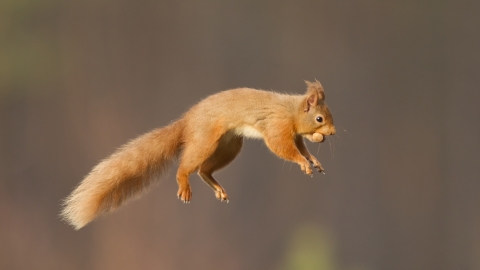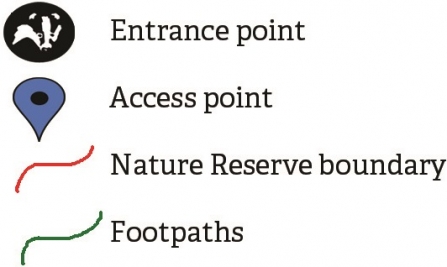
Red squirrel © Peter Cairns/2020VISION
Eaglehead and Bloodstone Copse Nature Reserve
Location
Know before you go
Dogs
When to visit
Opening times
Open at all timesBest time to visit
Spring brings a stunning display of bluebells, wood anemones and primroses. Visit in summer to see woodland butterflies such as silver-washed fritillaries and white admirals and see red squirrels foraging in autumn.About the reserve
Eaglehead and Bloodstone copses form a splendid ancient woodland, home to red squirrels, dormice and a variety of bat species. In spring the woodland comes to life with primroses, wood anemones, bluebells and strange but beautiful toothworts. During the summer silver-wash fritillaries and white admiral butterflies can be seen fluttering in the glades.
Where the reserves meet is an area of flower-rich grassland, which attracts a myriad of butterflies – a remnant of what was once very common along the chalk ridge. This area is also home to a small flock of Wildlife Trust Hebridean sheep, as well as autumn gentians and chalk hill blue butterflies.
Legend has it that the name Bloodstone came about after an ancient battle that turned the stones in the stream red with the blood of the fallen. In fact, it is an alga that turns the stones red!
Contact us
Environmental designation
Location map

